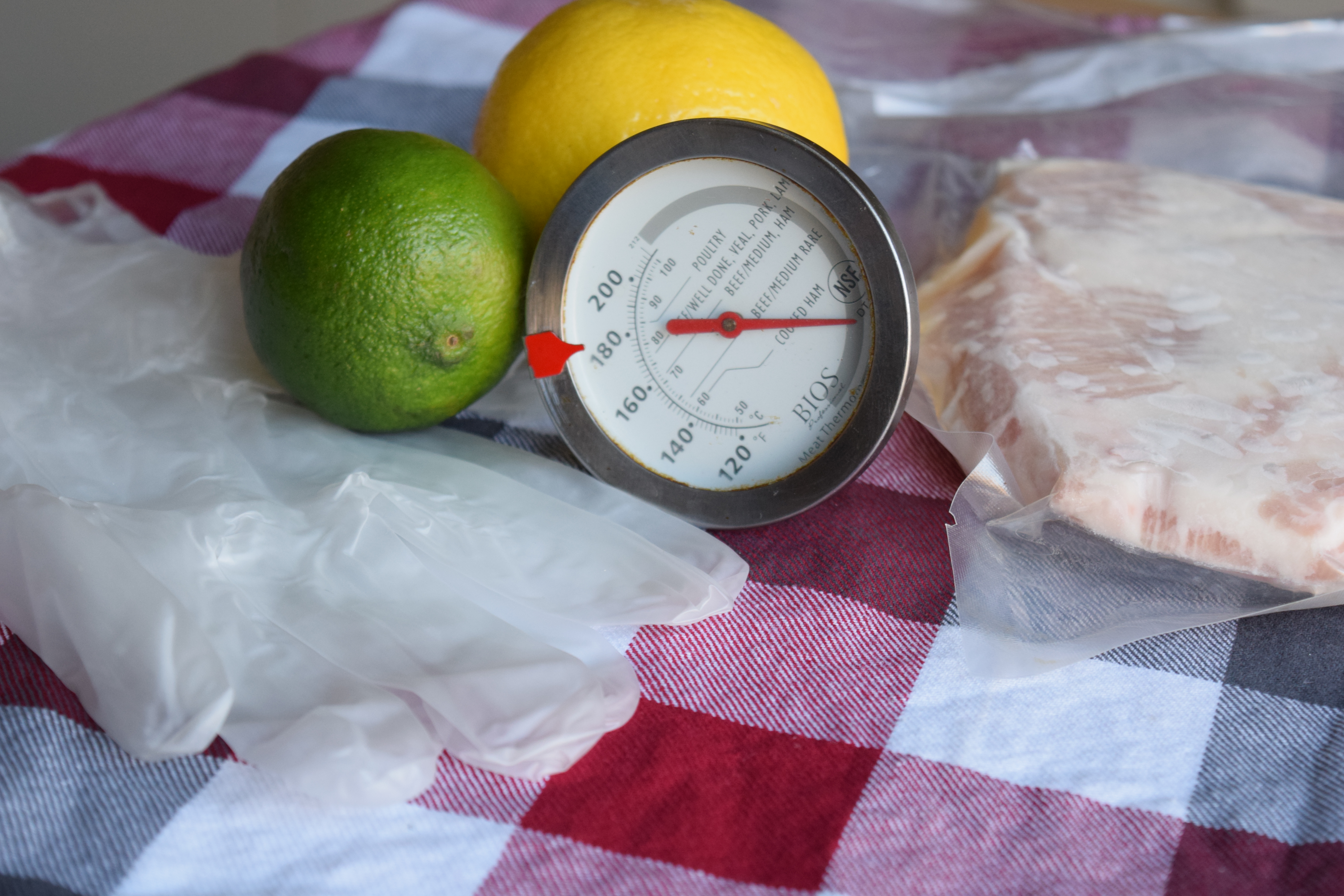At one time I found myself in a classroom taking an eight hour course on Food Safety. It was what you would expect, similar to a driving course, mind-numbingly boring. So boring that as I slumped my body against the back of the chair I would envisage taking a pen and smashing it into my thigh just to wake me up. It’s important information to know, really, whether you work in a restaurant or cook in your own kitchen. If I remember correctly, though, there was one moment that rightly ticked me off. The instructor said, ever so adamantly, that she would never buy an egg unless it was a pasteurized egg found in a carton box. “Regular eggs are not worth the risk,” she said. Now, for every other person in that room they would have jotted a note down, circled it, and thought “good to know wouldn’t want to get salmonella poisoning.” However, for someone, like me, whose work is founded on the principles of supporting small-scale, local farmers having an individual in a position of authority tell a room of people that for the sake of their safety, in this particular instance, they should go to their supermarket instead of their farmers’ market threatened my sense of purpose. For, when was the last time you walked through your farmers`market and noticed pasteurized eggs. That technology belongs to the industrialized system. Arm raised I asked, “Could you not share information on the most appropriate way to handle eggs to prevent the possibility of salmonella poisoning, instead of dismissing non-pasteurized eggs completely? It seems like you are choosing the easy option instead of the most humane and sustainable one.” Oh, if only I could write everything down prior to speaking I would be much more eloquent. A few words were exchanged back and forth and a divide was revealed. You see, in that moment, you could tell I was judging her and she was judging me. In her eyes, I was the “raw-milk” drinking, naive, “hipster/hippy hybrid” imposing my non-scientific, utopian view onto the class. She could foresee my death as I succumb to deadly bacteria while sitting at my heritage table and eating a sunny-side up egg from my pastured chickens which I raise in my backyard. Through my eyes, I glanced towards her desk at the remnants of her McDonald’s Egg McMuffin and her 32 oz cup of Diet Coke. While she was worrying about a few bacteria her demise would inevitably come from type 2 Diabetes. Our fears clashed and we weren’t preaching the same sermon.
It would not be prudent to skip past the importance that food safety has on our well-being as we attempt to reconnect to our food. To say that it is common sense is to suggest that we all retain that quality and unfortunately we do not. We also cannot ignore the important role that the “fear of becoming ill” has played in preventing individuals from learning how to cook. I am confronted with this fear and lost knowledge every day I work at my quasi-corporate butcher shop. “Excuse me miss. This chicken breast expires in two days.” “Yup, that’s correct,” I respond. “So, if I go home and freeze it and then next week thaw it, will it still be good to eat next week?” “Oh my god, yes, you’re freezing it!” The most common scenario occurs when a customer buys a piece of meat, goes home, and then right before dinner calls us up and says, “It smells funny! I’m just worried my kids are going to get sick.” Return. Refund. Sniff. “Smells like lamb to me.”
Knowledge is power and so if fear is getting in the way of cooking then let us go through the basics. Take note of the four c’s: cleaning, cross-contamination, cooking, and cooling. When you are on your shopping excursion with your reusable bags: have one bag for produce, one for meat, and another one for everything else. Now, the Canadian Food Inspection Agency, then suggests you individually wrap all of your veggies and meat items in plastic bags before you place them in your cloth bag. Personally, I find that type of advice problematic and will elaborate on it later. Wash your reusable bags on a regular basis. If you aren’t going to go home right away the use of an insulated bag with ice packs is a good idea. Once home place the necessary groceries in the fridge immediately. The danger zone, between 4 degrees and 60 degrees celsius, is the temperature range where harmful bacteria can grow. This means that whether the food is thawing, raw, or cooked you shouldn’t leave your food out on the counter, sitting, for more than two hours. Need to thaw an item quickly? Place it in a pool of cool water and that shall do the trick. Use separate utensils, cutting boards, and dishes when handling raw and cooked meat. Wash your hands regularly for twenty seconds at a time. Did you know? E.coli and Salmonella are killed by heat. Click here to see the chart for required cooking temperatures. If you have hot leftovers they can be cooled at room temperature until the steaming stops then place them in the fridge uncovered. Reheat your leftovers to 74 degrees celsius. This is a general overview and if you would like more details then please go to the Canadian Food Inspection Agency website.
With the basics of food safety in hand let us now unravel some contradictions and complexities. As discussed in my previous blog post on our microbiome we found out that bacteria play an essential role in the health of our systems. I explained how fermented foods and their probiotics can help support our microbiome. Yet, here is the rub, there is no place for good bacteria in our food safety protocols–there is only bad bacteria. I currently have sourdough starter and a brew of kombucha that has been sitting on my counter for the past week. They are sitting in the DANGER ZONE. The question is: How can we prepare food safely and stay away from bad bacteria, and, yet, continue to take advantage of beneficial bacteria and traditional ways of preparing food?
The downside of our food safety guidelines is that, first, it turns cooking into a purely scientific pursuit which effectively distances one from the act of cooking, and second, it takes the easy way instead of the environmental / sustainable way when it comes to suggesting the best methods to prevent harm. The CFIA website asks us to never “rely on [our] nose, eyes, or tastebuds to judge the safety of food.” Instead, have a digital thermometer at the ready and if in doubt throw it out. This line of action certainly does not help our massive food waste problem where households throw out approximately 25% of their food and 30 to 50% of food worldwide is wasted. As well, as the joy of cooking requires our senses it then feels contradictory to suggest that we need a thermometer to tell us when a steak is medium rare or not. I’m not saying that we shouldn’t use a thermometer, but I am saying that I believe we are missing out on a type of knowledge by ignoring our senses. It takes away any sort of power or confidence out of the cook’s hands. Lastly, as I’ve mentioned before, our food safety protocols takes the easy way instead the environmental and sustainable way. Use paper towels instead of cloths to wipe up your counter. You want to use cloth grocery bags? Well, then you are going to have to use a plastic bag for every produce and meat item you buy. These are not solutions. Our government should be more creative than to force us to make the safe choice over the environmental choice. There should be a solution that does both.
The way our government presents our food safety guidelines forces us to consider our actions in the kitchen, but it also increases our fear. If you wish to start canning, fermenting, or even start learning how to cook, our government is basically saying, “Fine, but I wish you wouldn’t. The food you buy all packaged up and ready for you is much safer.” Safer? Perhaps,that Egg McMuffin my food safety instructor consumed used a pasteurized egg and is “safer,” but that doesn’t mean that food is good for you. And, maybe, because of our fear that is the choice that some of us have made. We feel more comfortable and confident buying food already cooked for us either from our grocery stores or restaurants, rather than making our own food.
Read the guidelines; follow the instructions; and use the appropriate equipment, but don’t let fear get in the way of cooking. We are all going to die anyway.

